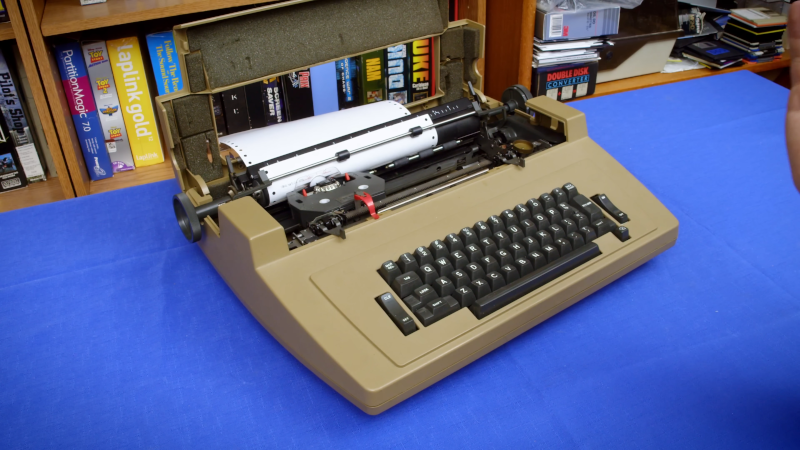The IBM Selectric. It was a big deal back in the day for typing. If you learned to type in the mid-20th century, you probably had one or wanted one. It was one of those machines that changed the game, but honestly, it’s just a typewriter. Nothing too exciting. Just a heavy piece of equipment that made typing a bit easier.
Anyway, it’s not like we’re all rushing to use one now. Times have changed, I guess.
#IBM #Selectric #Typewriter #TypingHistory #Nostalgia
Anyway, it’s not like we’re all rushing to use one now. Times have changed, I guess.
#IBM #Selectric #Typewriter #TypingHistory #Nostalgia
The IBM Selectric. It was a big deal back in the day for typing. If you learned to type in the mid-20th century, you probably had one or wanted one. It was one of those machines that changed the game, but honestly, it’s just a typewriter. Nothing too exciting. Just a heavy piece of equipment that made typing a bit easier.
Anyway, it’s not like we’re all rushing to use one now. Times have changed, I guess.
#IBM #Selectric #Typewriter #TypingHistory #Nostalgia
1 Комментарии
·0 Поделились
·0 предпросмотр











